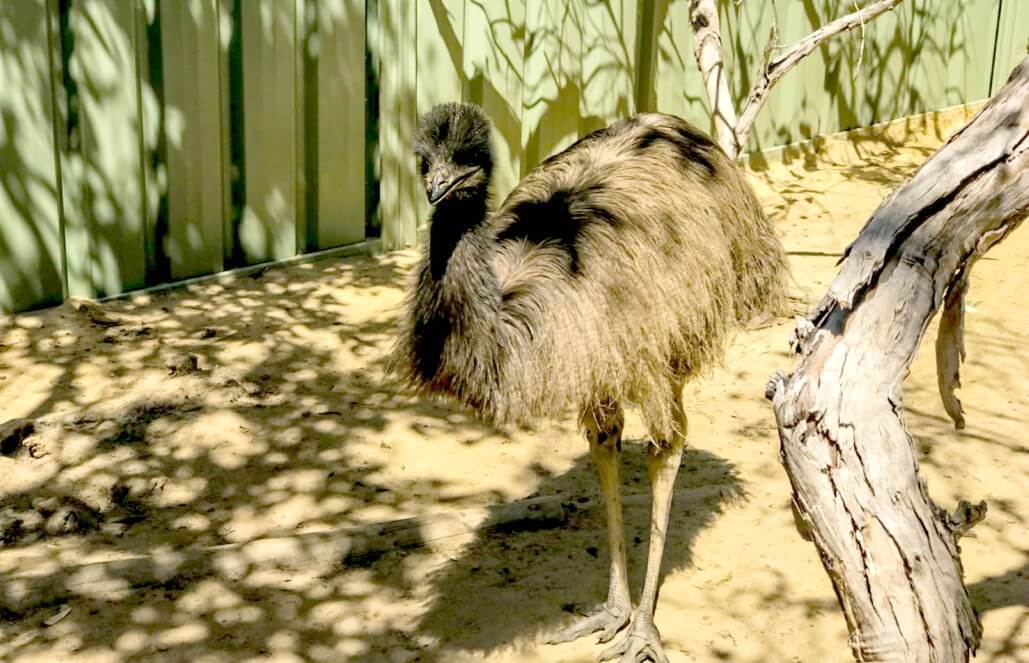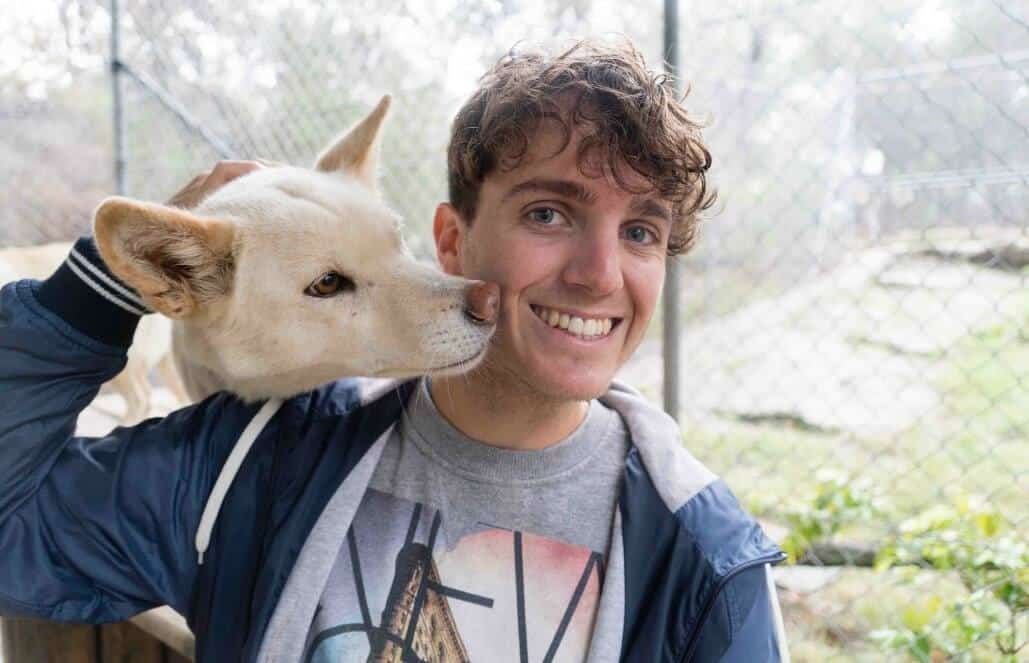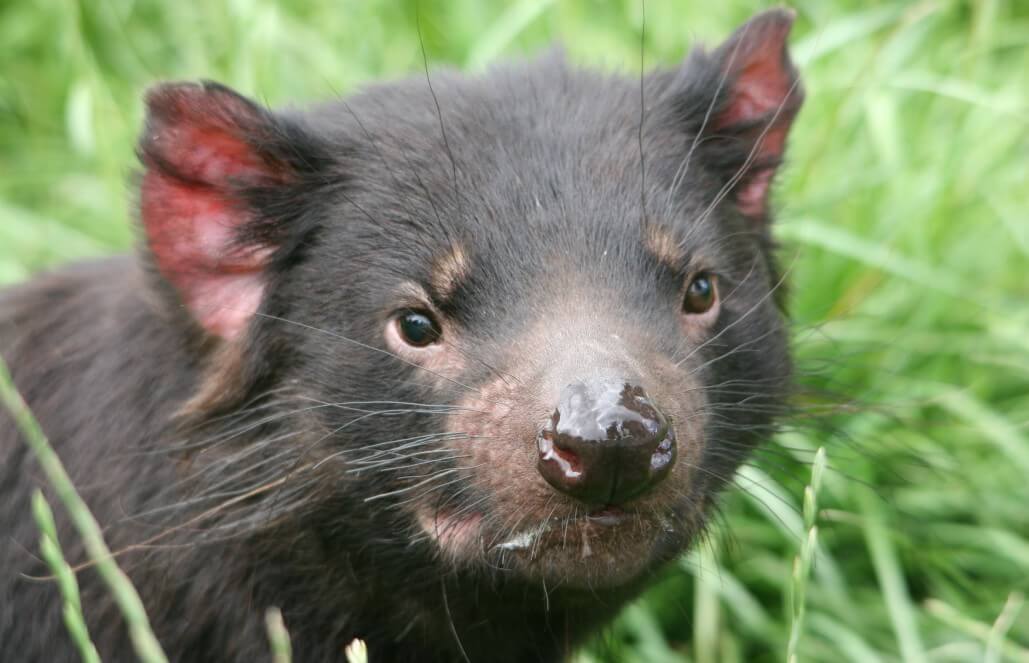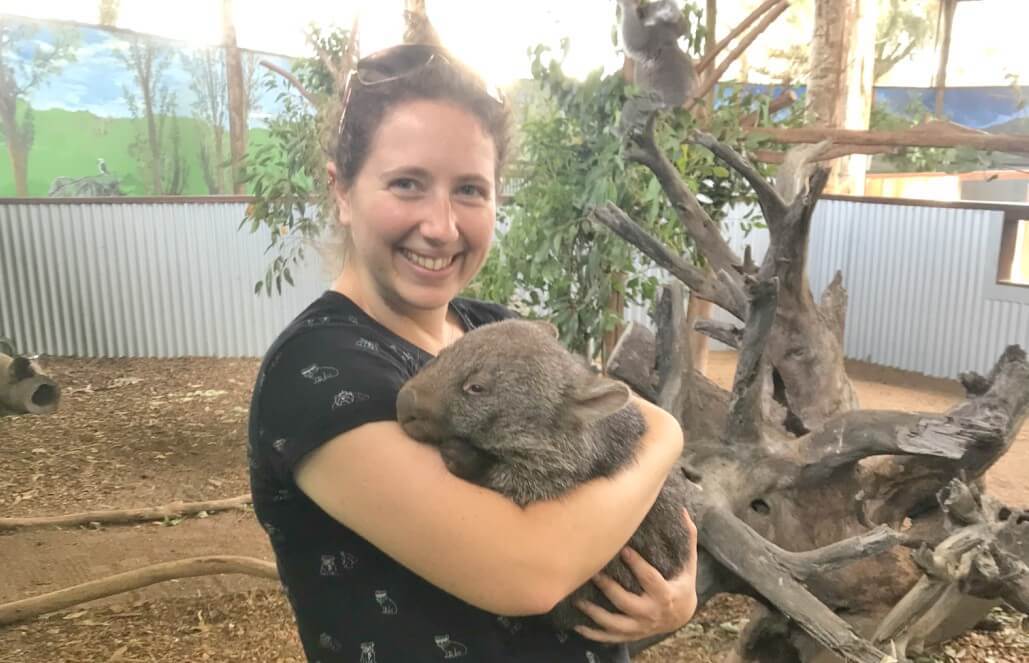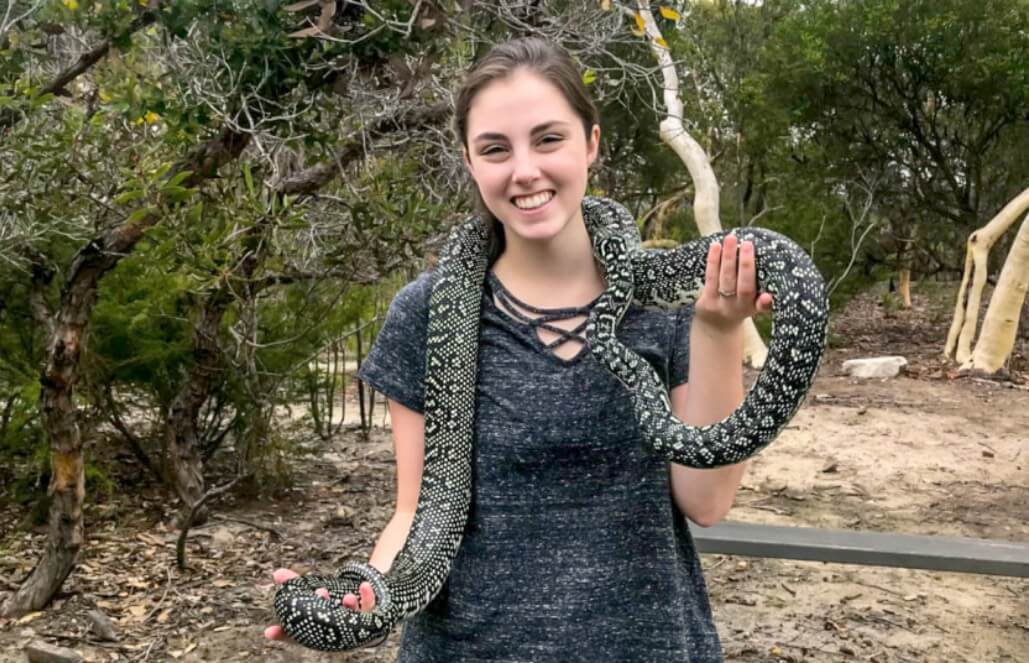Australian wildlife is known to be unique, which is probably why you want to make the long journey over to experience volunteering with Australian animals. But there’s more to Oz than the kangaroo and the koala, so here are a few more creatures that you can look forward to seeing when you volunteer at a wild animal sanctuary.
The Emu
Even though the emu is the second half of the Australian Coat of Arms, it is often overlooked when list makers note down their ‘must see’ birds and animals in Australia.
This cousin of the African ostrich is the second-largest bird in the world and can probably beat Usain Bolt in a foot race, mostly because it can’t fly… and neither can Usain Bolt. Ok, a few Aussie animals can beat him; check out the article on kangaroos if you don’t believe me.
Emus are also a matriarchal species, letting the boys take over the incubating of their egg once it’s been laid, and then having them raise the chicks. The males are so engaged in the child rearing project that they barely leave the nest or eat for eight weeks, as they sit on the nest, and then spend another 18 months bringing the chicks up.
This causes them to miss out on the next mating season. Ladies, on the other hand, regain their energy after laying the egg, and move onto the next fella when mating season comes around again (May-August).
The Dingo
Don’t make me say it, but you all know the famous line that has the word dingo and baby in it.
What you probably don’t know is that you won’t hear a dingo bark, but rather it will howl. That’s because the dingo is a wild dog, and not a domestic dog like Lassie. However a walk around the sanctuary with a dingo is a must experience on your volunteer trip, and is sure to be a highlight!
Having arrived in Australia from South East Asia some 4,000 years ago, these pups have retained their wild nature and are unlikely to run up to you for a cuddle, as they like to maintain their independence.
And don’t worry, animals in wildlife sanctuaries are usually not aggressive and the utmost care is taken by the rangers to protect volunteers and visitors.
Unfortunately, due to the interbreeding of dingoes with domestic dogs, the number of purebreds are on the decline, so make sure you spend some quality time with them before they start getting entered into dog competitions.
The Tasmanian Devil
If you were born before the iPhone age, then you probably remember Taz the Tasmanian Devil, but did you know that the Tasmanian devil is actually a real creature?
Like his cartoon counterpart, the Aussie devil is feisty and will also eat anything in his path. So a piece of advice to the wise: no sticking of any body parts in the Tasmanian devil enclosure, because these marsupials have one of the most powerful bites in the animal kingdom.
The devils are however facing an uncertain future, which is evidenced with their population declining by 60% since 2001. These Australian animals are subject to the Devil Facial Tumor Disease, which is quickly wiping them out.
Since you’re unlikely to see them in the wild, the best way for you to get to know the Tasmanian Devil would be to visit a zoo, or better yet, volunteer at an animal sanctuary, where you will be able to learn more about their plight.
The Wombat
You think that the koala or the kangaroo will be your favorite Australian animal…until you meet the wombat.
These marsupials spend their days napping and their nights burrowing tunnels and grazing on greens. At an animal sanctuary in Australia you will most likely see a big wombat bottom sticking out of logs during the day, due to their nocturnal nature, so look out for them!
Volunteering is also the only time that you will be able to handle wombats as you wouldn’t want to disturb these funny creatures in the wild for several obvious reasons, their huge claws being one of them.
As you may know, Australian animals are quite quirky when it comes to anatomy (the illustrious platypus being at the top of the list). Never one to miss out on the fun, the wombat also made the list with this fun fact: as it is a marsupial, it carries its young in a pouch, however, unlike the kangaroo; the opening to the pouch is actually at the mother’s hind legs! This is so the pouch doesn’t get filled with soil when the mother is digging her tunnels. Pretty smart!
Unfortunately, two out of three of the wombat species are endangered (the northern and southern hairy nosed wombats). This is due to their loss of habitat and the competition for food and land that they now have from introduced animals such as cattle, sheep and rabbits.
The Diamond Python
The diamond python, found at the Wild Animal Sanctuary Project, is identified by its dark brown to black color, with cream to yellow spots that are sometimes seen be in the shape of a diamond. With a creamy belly, the python can grow up to three meters, but don’t worry it isn’t venomous.
It is probably also one of the nicest snakes in Australia, rarely hissing or otherwise ‘communicating’ with humans. In fact, its preferred meal is a rat or a mouse, making it very useful for households that want to keep pests at bay.
What you might not know is that the diamond python is actually quite the romantic! The male will travel up to a third of a mile in a day, following the scent of a female that is ready to mate.
To put this all of this into perspective, out of around 172 species of land and sea snakes in Australia, 100 are venomous, of which 12 are deadly… so the diamond python is really one of the good guys that you should probably say ‘hi’ to on your visit Down Under.
Who are you most looking forward to spending some time with? For a chance to tick off the whole list, join us for a volunteer trip at the Wildlife Animal Sanctuary project.


